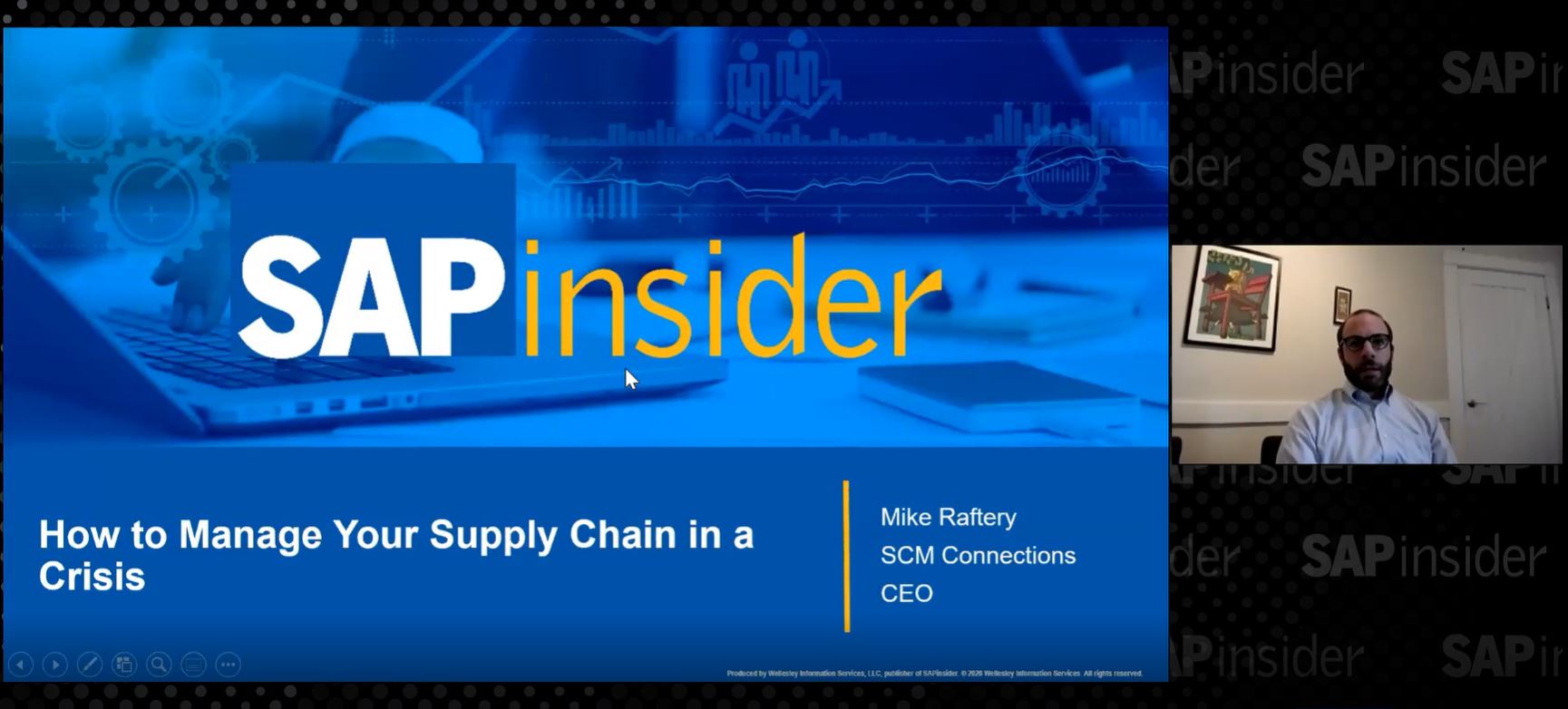Inventory Planning and Advanced Analytics
Meet the Experts
Inventory planning- The constant balancing act
Inventory planning is one of the most critical and most challenging aspects in supply chain planning. This means that implementing an effective inventory planning and management strategy is crucial for an organization to stay competitive in today’s dynamic global supply chain landscape. There is always room to bring more science into the planning process for this critical balancing act between service levels and the cost of inventory. With advances in data science and the proliferation of advanced planning algorithms in the world of business, there may be an opportunity to leverage a more holistic inventory planning process, one that leverages multiple advanced analytics approaches in tandem.
Advanced analytics has the capability to re-invent inventory planning and management
In my opinion, a key strategy to successfully exploiting your investment in digitalizing your business processes, is to leverage the data that is generated to gain insights and build analytics capabilities. That is the true competitive differentiator obtained from investing in digital technologies. Data is the new oil but just like oil, it needs to be transformed into a state that enhances its value. And that state is building Business Intelligence (BI) and advanced analytics capabilities from your data.
The exponential progress in data science and computing has finally started making inroads in the supply chain world. While conventional operations research has been used in supply chain and manufacturing for decades, advanced analytics methodologies are also seeing an uptick in their adoption in the supply chain world. With Industry 4.0 capabilities on their mind, companies are making a push to build advanced capabilities within their supply chain as a foundation and advanced analytics is one of those capabilities.
Explore related questions
The need to evolve beyond vanilla inventory optimization
Adoption of advanced analytics methodologies in supply chains has definitely increased recently but many areas within supply chains are still using approaches that may not be optimal in this era. We have seen the havoc wrecked on supply chains across the globe during the pandemic because of the just in time approach. Another approach that leads to struggle for many companies is the rigid safety stock calculation approach that is at the core of traditional inventory optimization tools and methodologies.
Though safety stock does provide a decent grasp of how much invetory you need to hold across your supply chain, it may not be sufficient by itself, in my opinion, as far as today’s dynamic business ecosystem goes. As supply chains have evolved and become much more complex in last couple of decades, it may be the right time to use other analytics levers in tandem with traditional inventory optimization approaches to build more realistic inventory management and planning processes.
What does this mean for SAPinsiders ?
Establishing a holistic inventory planning process is a challenging task and advanced analytics can certainly provide significant advantages. Here are few aspects that SAPinsiders should be cognizant about:
- SAP has a robust Inventory optimization and planning capability in IBP tool. Being a SAP product, it integrates seamlessly with your SAP ecosystem. Unknown to many, SAP provides consulting services as well, to help those running on SAP develop best in class inventory planning and management capabilities.
- If you are looking at third party tools, the good news is that there are many options available in the market. Many of these tools are cutting edge however which one is a good fit depends on your unique business requirements.
- There is also an option to develop an inventory planning platform from scratch, that taps into your SAP and other systems, using open source programs. The critical aspect of building this platform is to ensure that you build a robust data hub or data lake. SAP data hub is also an option you can explore.





